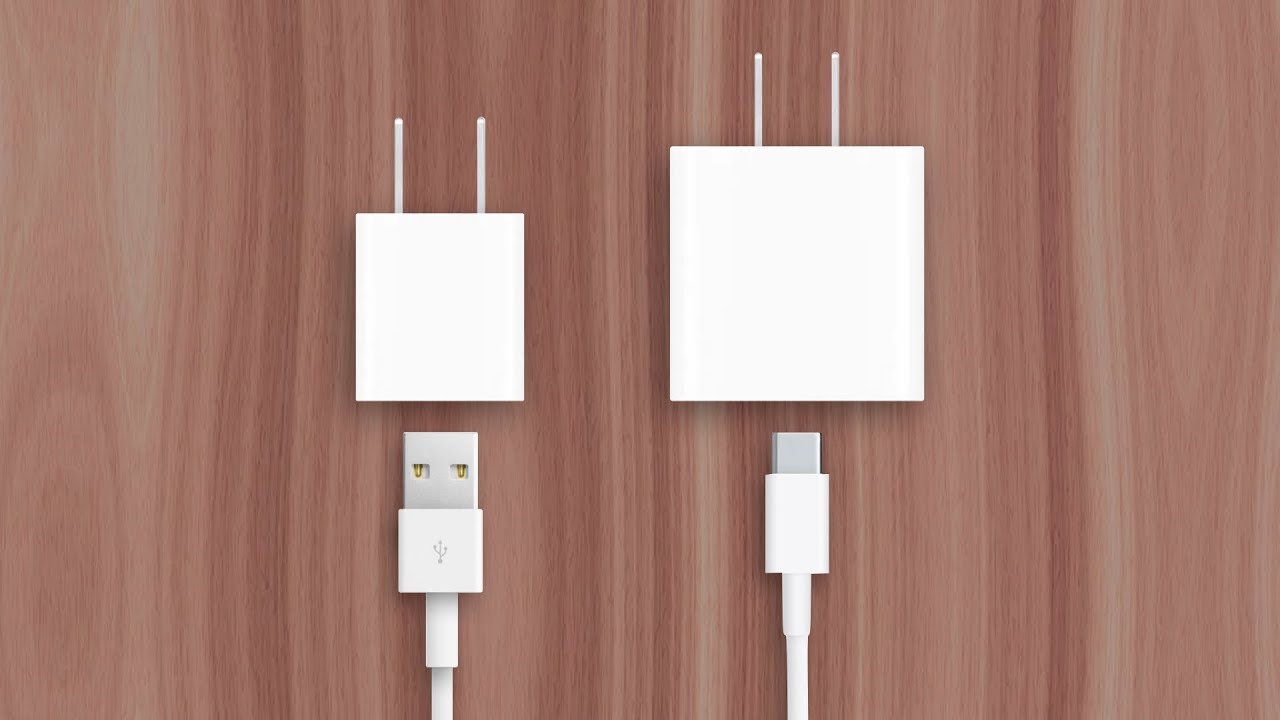If you got the apple iphone 11 in 2015 or a.
charging block to power your apple iphone 12, you might’ve notice that they do not look the.
same as they made use of to. As well as I’m going to explain why that is right.
now. So Apple made 2 adjustments to the apple iphone’s.
charging block, the initial being its larger size. And this was necessary in order to permit.
much faster billing. Which was particularly vital as iPhone batteries.
became larger. The original iPhone had a fourteen-hundred.
milliamp hour battery. Which is much less than half the dimension of today’s three-thousand-six-hundred.
milliamp hr battery on the 12 Pro max. So if you were to bill both of those batteries.
at the same rate, it ‘d take the 12 Pro max a lot longer to reach one-hundred percent. Which is why Apple needed to produce a more effective.
battery charger that can provide power to the battery much faster than before. So instead of the small five-watt block that.
used to be included with every iPhone, Apple transformed it to a larger eighteen-watt brick.
beginning with the iPhone 11 Pro.But the 2nd modification Apple made is what really. annoyed customers.
As opposed to making use of the same USB-A port as every. various other apple iphone charger, they altered it to USB-C. Which suggested all of the lightning cords customers. currently had were no more suitable with the new brick. And although some individuals assumed Apple made. this choice to require apple iphone users to purchase brand-new wires and also make more money, that isn’t. entirely true. You see, considering that the introduction of the twelve-inch. MacBook in 2015, Apple began transitioning their notebooks from USB-A to USB-C. This triggered problems that the USB-A wires.

included with items like the iPhone couldn’t be linked to a MacBook without purchasing. an adaptor. Something individuals found frustrating taking into consideration
. both items were made by the exact same company.
So Apple had to choose: Continue. to include USB-A chargers and cable televisions with the iPhone, permitting compatibility with. users existing devices.
Or, make the jump to USB-C, enabling users. to flawlessly connect their
iPhones to their MacBooks. And ultimately the seamless compatibility. between newer products was more crucial to Apple than permitting compatibility with. older accessories. This is Greg with Apple Explained, thanks. for viewing till the end, and also I’ll
see you in the following video.




